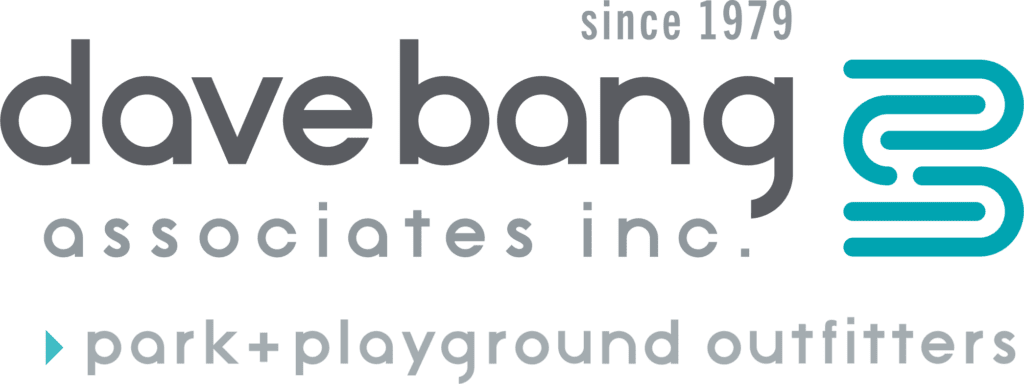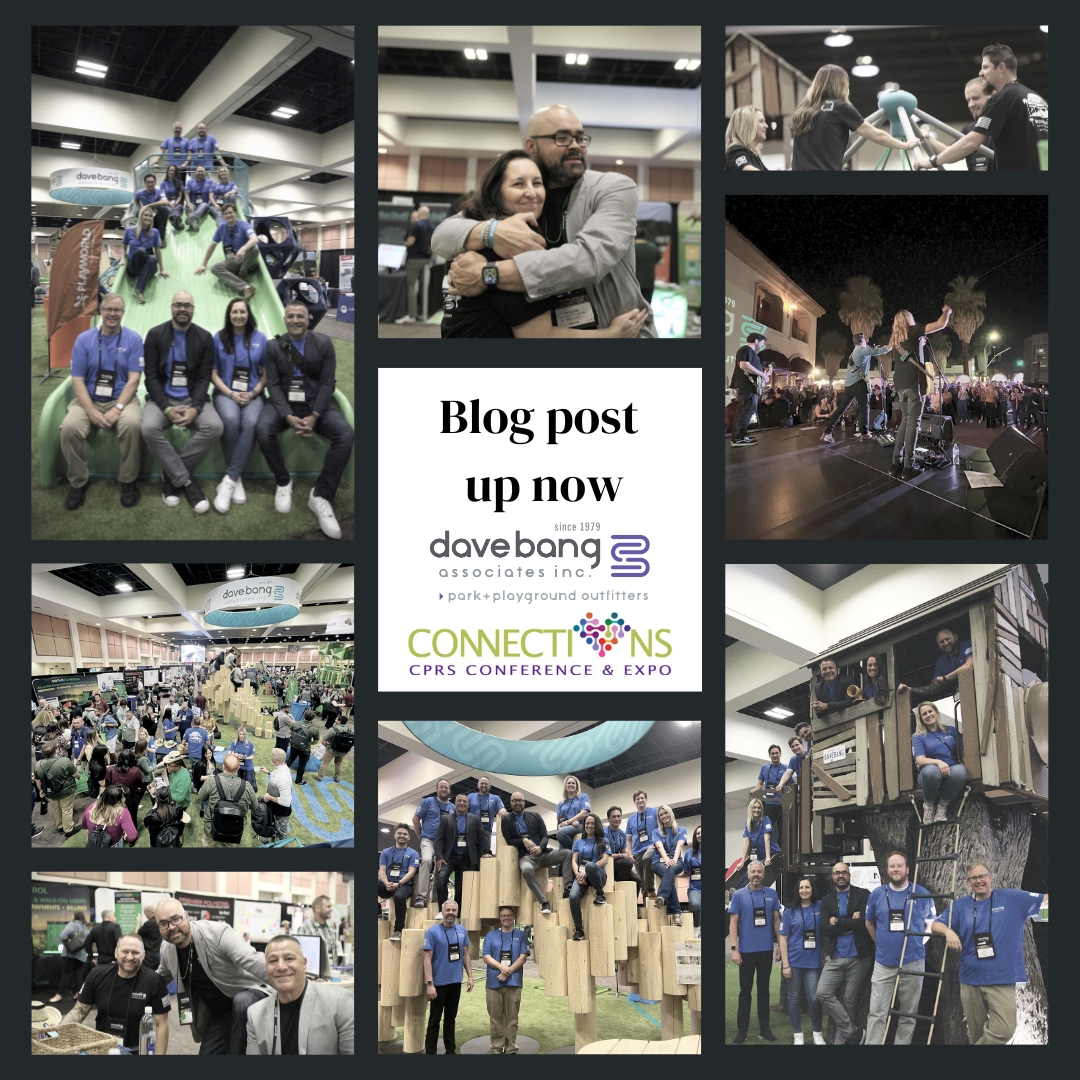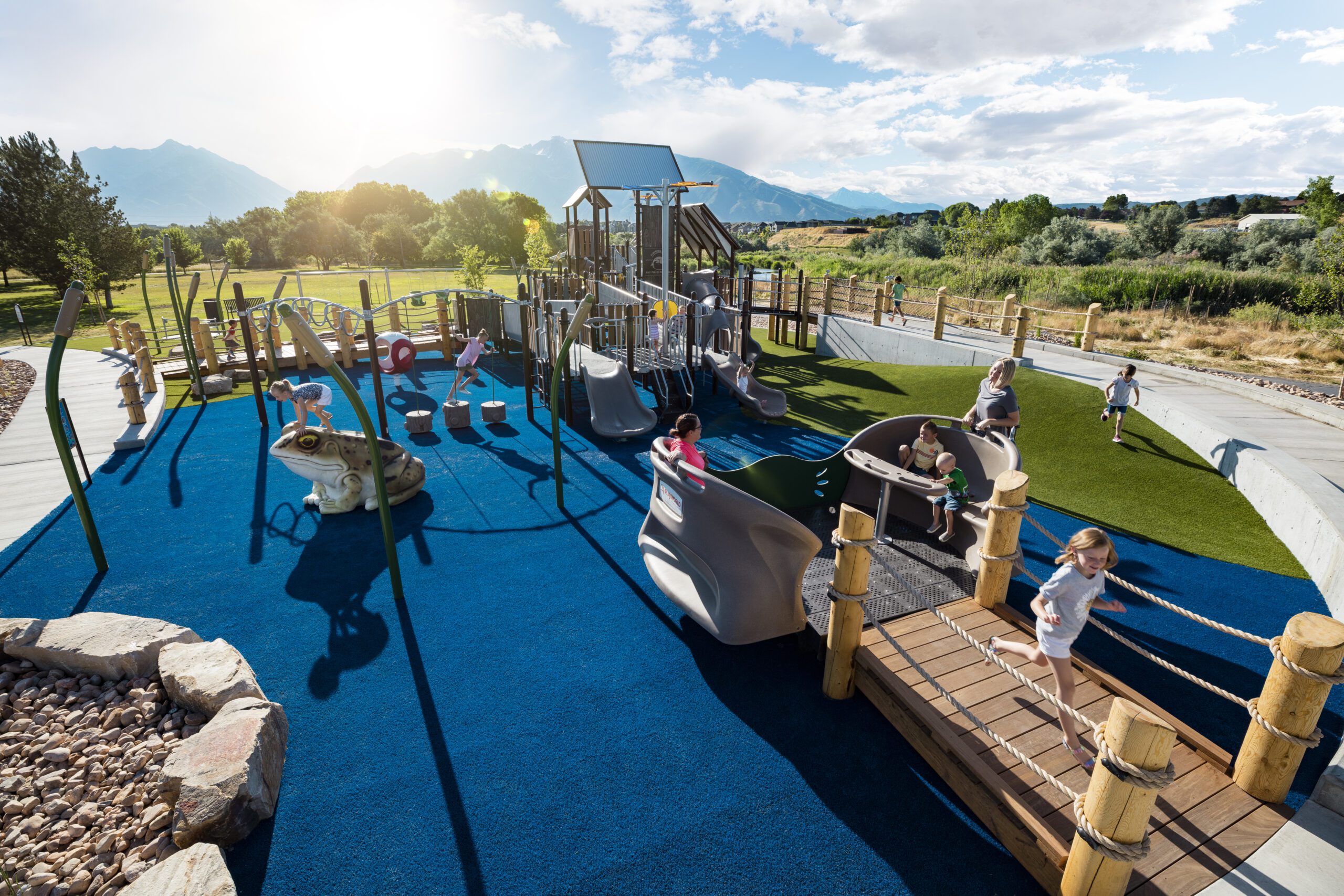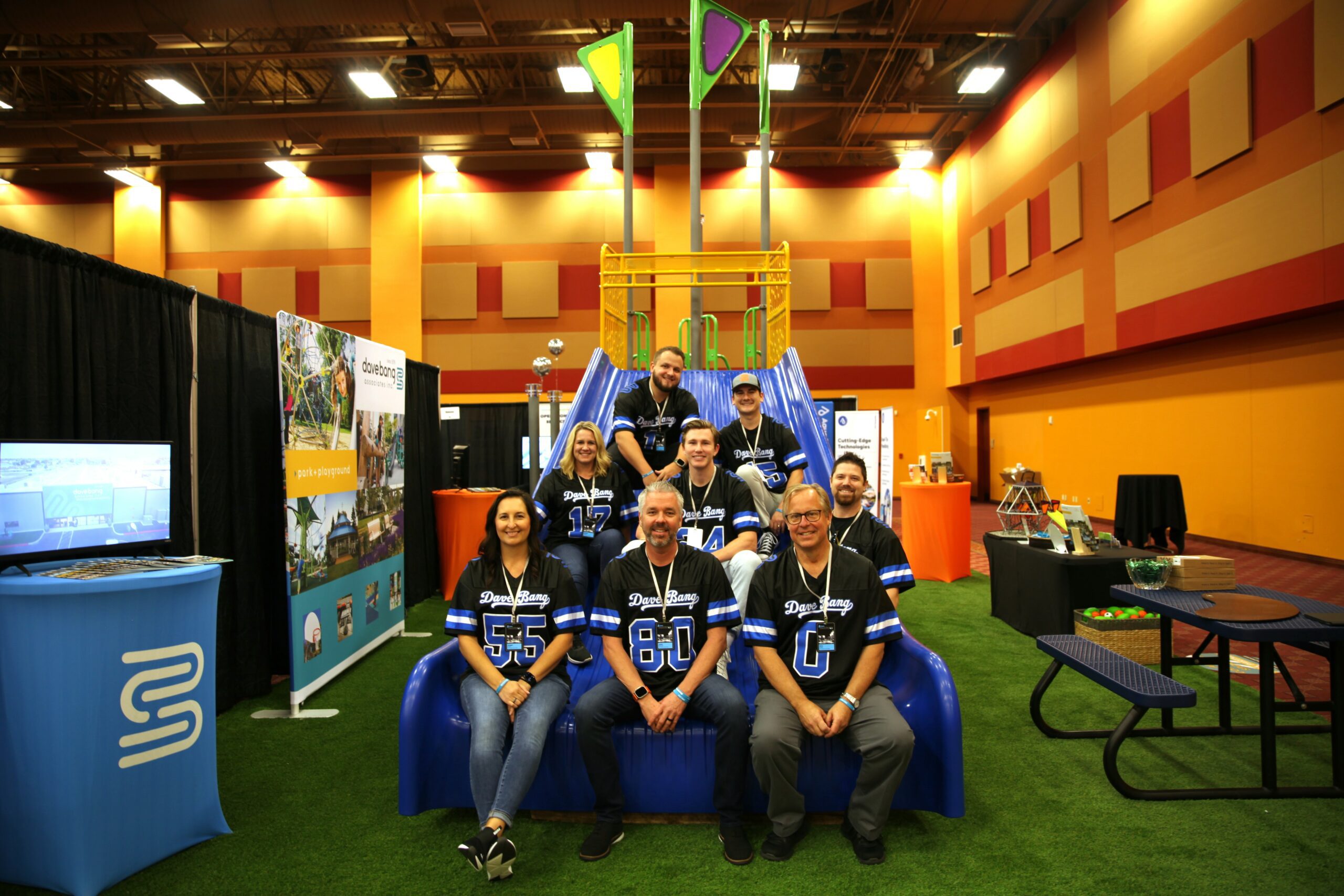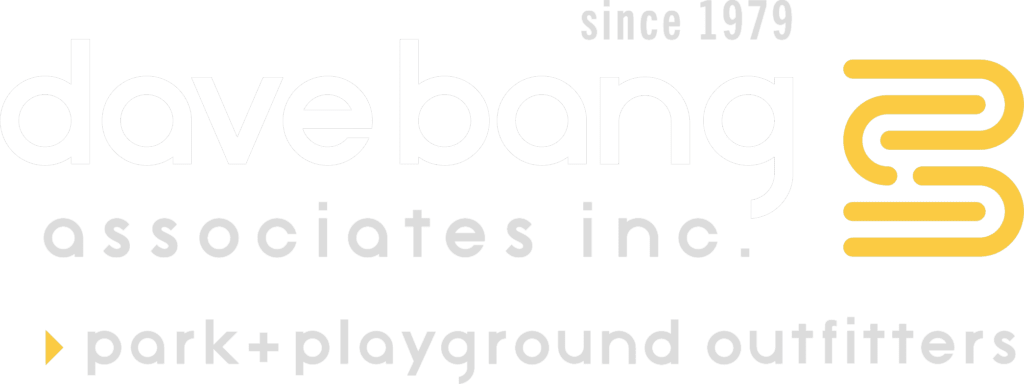Choosing the Right Playground Equipment for Your Community
Introduction: Selecting playground equipment requires careful consideration to ensure it meets the diverse needs and preferences of the community it serves. Every community is unique, and the playground equipment should reflect its demographics, safety requirements, play preferences, and developmental needs. In this guide, we’ll explore the essential factors to consider when selecting playground equipment that aligns with your community’s characteristics and desires.
Assessing Community Needs:
Demographics and Age Groups: Understand the age range and diversity within your community. Consider equipment suitable for toddlers, preschoolers, school-age children, and possibly equipment for older youths or adults.
Inclusive and Accessible Design: Ensure the playground accommodates children of all abilities. Incorporate features like ramps, sensory play elements, and equipment that promotes inclusive play for children with disabilities.
Community Preferences and Themes: Consider conducting surveys or community meetings to gather preferences. Some communities might prefer nature-themed playgrounds, while others may lean towards more contemporary or adventurous designs.
Playground Equipment Options:
Classic Play Structures: Traditional equipment like swings, slides, monkey bars, and climbing structures are fundamental and appeal to a wide range of ages.
Nature-Inspired Play: Consider natural play elements such as log climbers, boulders, or treehouses that blend with the environment and offer a more organic play experience.
Sensory Play Equipment: Incorporate equipment that stimulates various senses, like musical instruments, tactile panels, or sensory gardens, enhancing the play experience.
Fitness and Exercise Stations: Install fitness-oriented equipment like balance beams, obstacle courses, or fitness trails to promote physical activity and a healthy lifestyle.
Budget and Long-Term Planning:
Financial Considerations: Assess the budget available for playground installation, maintenance, and potential future expansions or upgrades.
Future Growth and Adaptability: Plan for future growth by selecting modular or expandable equipment that allows for additions or modifications as the community evolves.
Conclusion: Choosing playground equipment for a community involves a comprehensive understanding of the community’s needs, preferences, safety requirements, and long-term planning. By engaging with the community, prioritizing safety, considering diverse play options, and planning for future developments, you can select playground equipment that not only meets current needs but also fosters a welcoming and inclusive space for children and families to play, learn, and thrive. Tailoring the playground to the specific needs of your community ensures that it becomes a cherished and valued asset for years to come.
